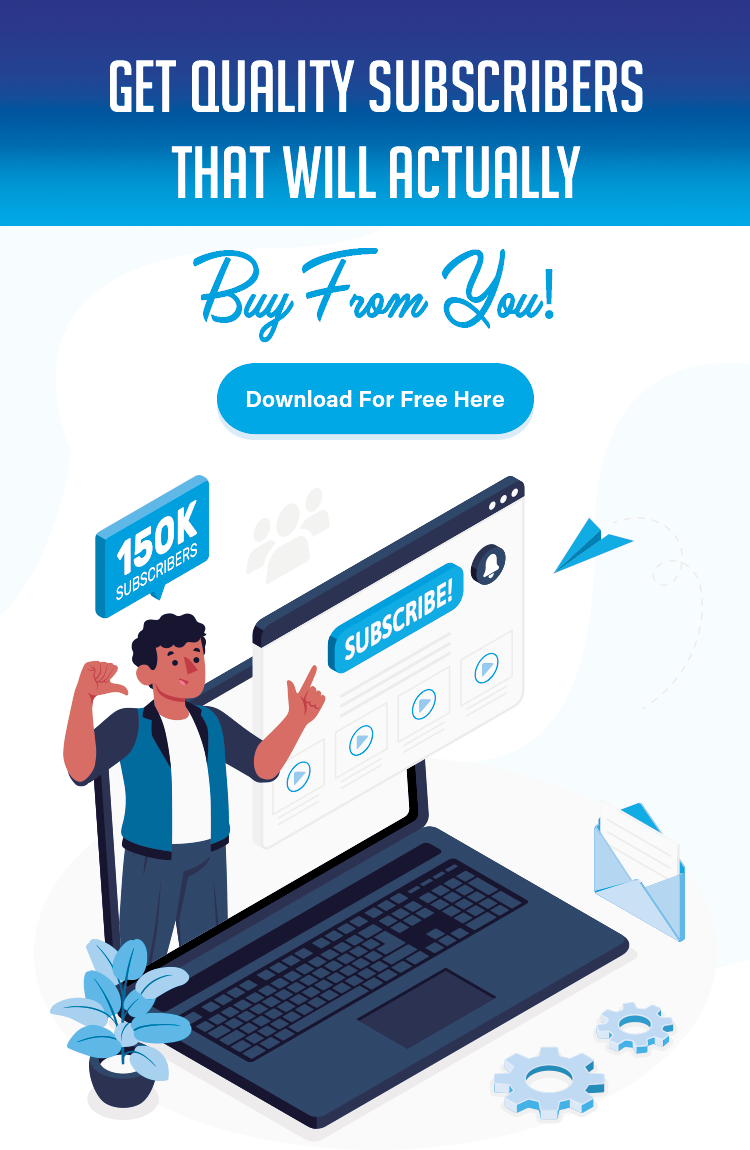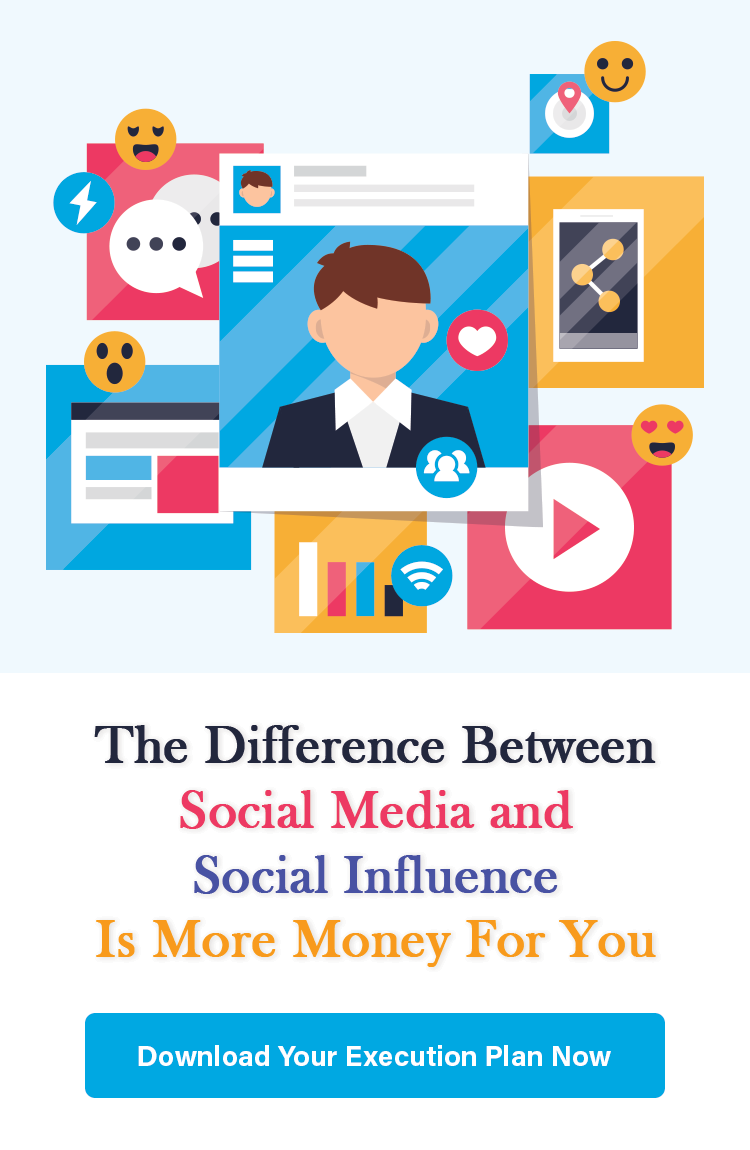How to Write Compelling Copy That Sells – The Basics
Crafting compelling copy that sells is a fundamental skill for anyone looking to succeed in the realm of online business. In a digital landscape saturated with information, standing out and capturing the attention of your target audience requires more than just on a page. Effective copywriting is an art form that combines creativity, strategy, and psychology to engage, persuade, and ultimately drive conversions. Whether you’re a seasoned marketer or a novice entrepreneur, mastering the basics of writing persuasive copy is essential for achieving your business goals.
Understanding Your Audience
At the heart of compelling copy lies a deep understanding of your target audience. Before putting pen to paper, or fingers to keyboard, take the time to research and define your ideal customer. What are their pain points, desires, and motivations? What language resonates with them? By creating detailed customer personas, you can tailor your messaging to speak directly to the needs and interests of your audience, increasing the likelihood of generating a positive response.
Crafting a Strong Headline
Your headline is the first impression you make on potential customers, and it plays a crucial role in determining whether they will continue reading or scroll past. A compelling headline should be concise, clear, and attention-grabbing. Use power words, ask thought-provoking questions, or make a bold promise to entice readers to delve deeper into your copy. Remember, the goal of the headline is not just to grab attention but also to communicate the value proposition of your product or service.
Creating Engaging Body Copy
Once you’ve captured your audience’s attention with a compelling headline, it’s time to deliver on the promise of your copy. Your body text should be structured in a way that guides the reader through a logical progression of information, highlighting the benefits of your offering and addressing any objections or concerns they may have. Use persuasive language, storytelling techniques, and social proof to build credibility and trust with your audience. Remember, the key to effective copywriting is not just to inform but to persuade and compel action.
Incorporating Calls to Action
No piece of copy is complete without a clear and compelling call to action (CTA). Whether you want your audience to make a purchase, sign up for a newsletter, or contact you for more information, your CTA should be prominently displayed and easily accessible. Use action-oriented language, such as “Shop Now,” “Subscribe Today,” or “Get Started,” to prompt immediate response from your audience. A strong CTA reinforces the value of your offering and guides customers towards the desired outcome.
Optimizing for Readability and SEO
In the digital age, writing compelling copy also means optimizing it for both human readers and search engines. Use short paragraphs, bullet points, and subheadings to break up large blocks of text and improve readability. Incorporate relevant keywords naturally throughout your copy to improve search engine visibility and attract organic traffic to your website. Remember, the ultimate goal is to create copy that resonates with your audience while also meeting the technical requirements for online visibility.
Conclusion
Mastering the art of writing compelling copy that sells is a foundational skill for anyone looking to succeed in online business. By understanding your audience, crafting strong headlines, creating engaging body copy, incorporating clear calls to action, and optimizing for readability and SEO, you can create copy that captivates, persuades, and ultimately drives conversions. Remember, effective copywriting is a blend of art and science, requiring creativity, strategy, and a deep understanding of human psychology. By following these basics, you can elevate your copywriting skills and take your online business to new heights.
Related Posts
Hi! I'm Larry.
I’ve been around online marketing for a long time — since the late 1990s — and I’ve seen the good, the bad, and a lot of the hype.
As someone who’s 82 years old and still doing online business, I understand the challenges that come with trying to get something profitable going later in life.
That’s why I want you to know exactly what I stand for.
These are the core beliefs that guide everything I teach, recommend, and create:
-
Tools don’t build businesses — people do. That’s why I'm here to provide step-by-step help with everything I recommend.
-
Every dollar matters. If I wouldn’t spend my own money on it, I won’t ask you to.
-
No magic bullets. You’ll succeed by learning and sticking with it — not by chasing shortcuts.
-
You’re not too old to win. If I can do it at 82, so can you.
-
Structure beats overwhelm. I break things down so you always know your next step.
-
Personal help matters. You’ll never be just a number with me.
-
This is about freedom. More than money, I want to help you enjoy the lifestyle you deserve.






